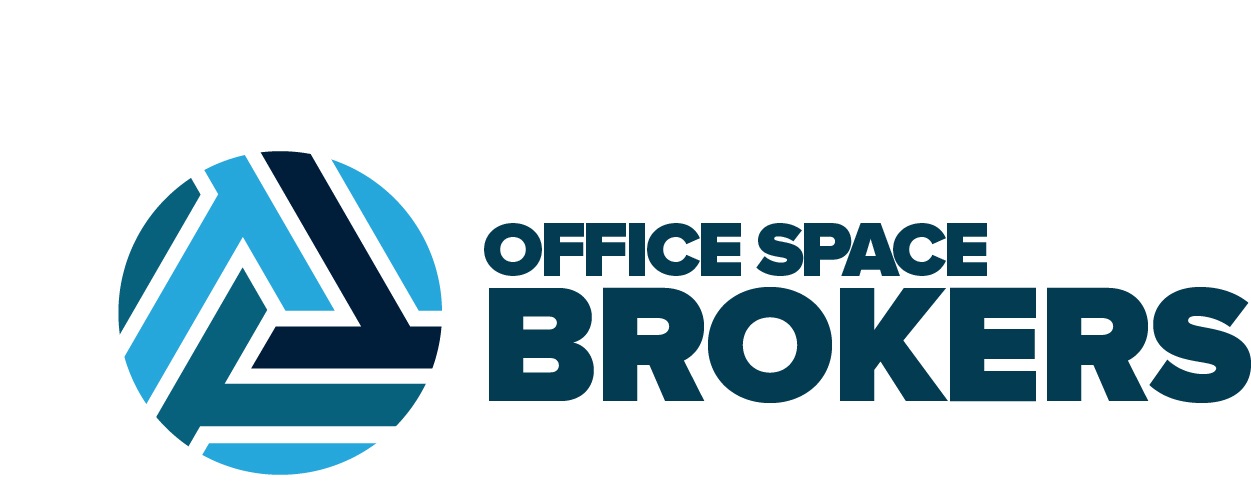
When the whole globe went into lockdown in 2020, many of us were forced to test out alternative employment arrangements. The majority of businesses took advantage of this as a chance to review their workplace cultures. The traditional full-time office model may soon be replaced by the hybrid model, which will fundamentally alter how businesses operate and interact with their clients, workers, and suppliers. This being said there are many benefits of the hybrid work model. According to Forbes, 83% of 9,326 workers surveyed say they prefer a hybrid model, in which they can work remotely at least 25% of the time.
- A Rise in Productivity
With more freedom to play to their strengths, people can work more productively under a hybrid approach. Teams may achieve a solid mix of creativity and cooperation by promoting a culture that sees remote work as a beneficial option for finishing deep-focus projects in the office. Giving employees the option to work where and when they are most productive might benefit those who require quiet, alone environments to concentrate. According to PWC, new Research shows that as many companies have boosted workforce productivity and performance during the pandemic
- More Possibilities For Lifelong Learning
The ability for employees to engage in continual learning outside of the busyness of their typical work environment is another significant and perhaps underappreciated feature of a mixed work arrangement. This implies that if they are working from their office for a portion of the workweek, they may work from home for the remaining time on personal development goals to improve their job performance and career prospects. Especially for those with long commutes, removing the community to and from the office can free up time for personal development and hobbies which would positively impact work performance.
- Improved Relationships & Collaboration
Unlike remote work, hybrid work allows for face-to-face contact and cooperation, which promotes healthy team-building and, as a result, improves employee collaboration. Employees will be able to interact and build deeper working connections as a result of being given the opportunity to speak and socialize in person. This will also enhance departmental, team, and workgroup collaboration. This mainly can be true in our present environment, where many employees communicate and collaborate with their coworkers via screens rather than in person. Every face-to-face communication, which might only take place during scheduled meetings when working remotely, might create a chance for mentoring, knowledge sharing, or making crucial business connections.




